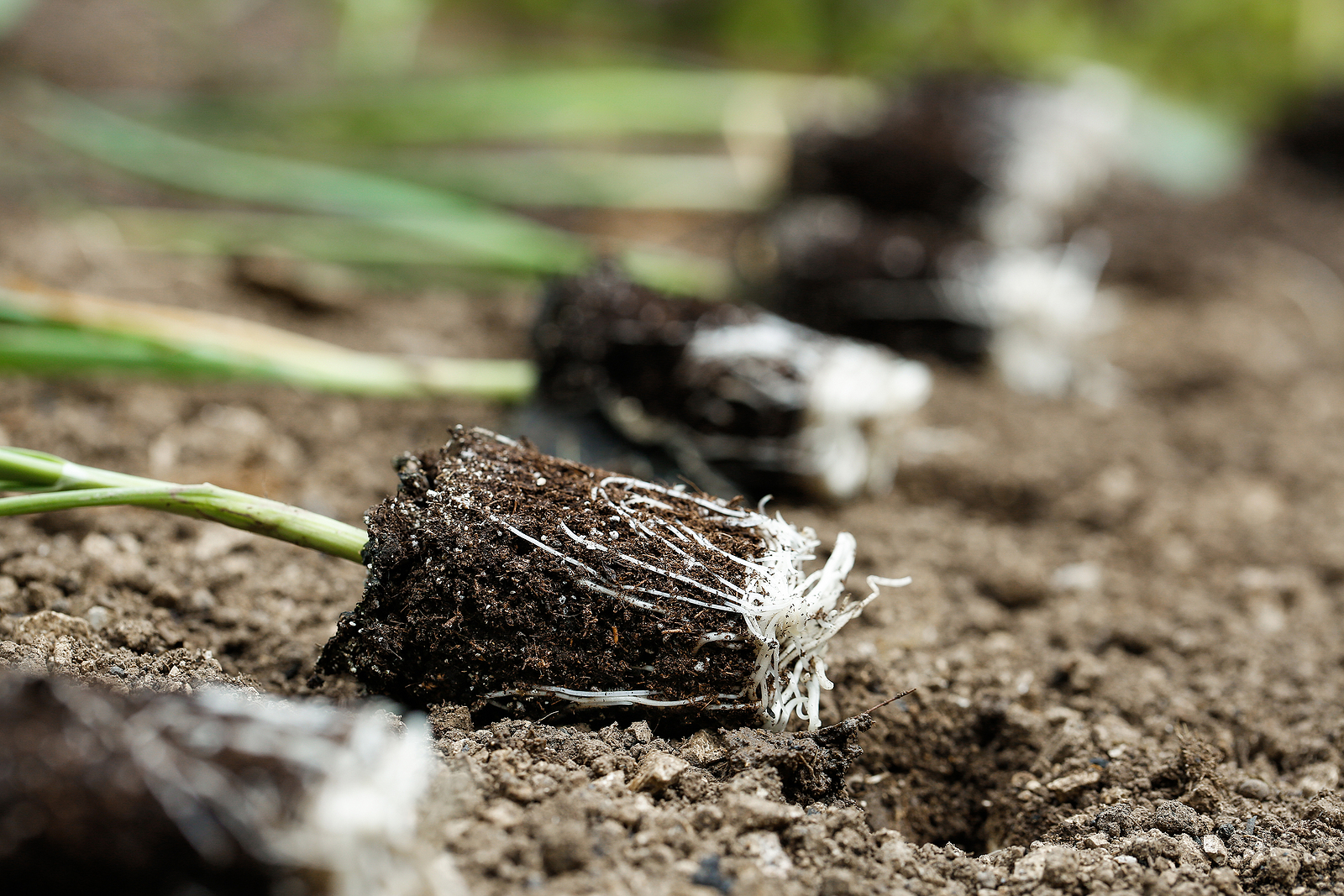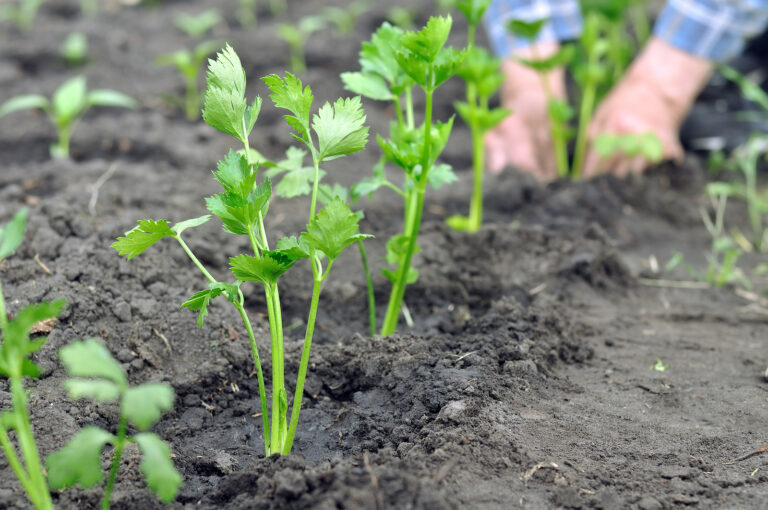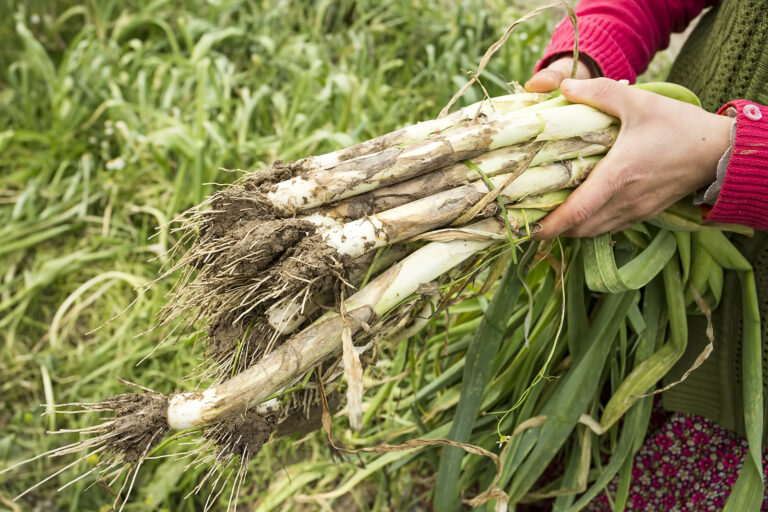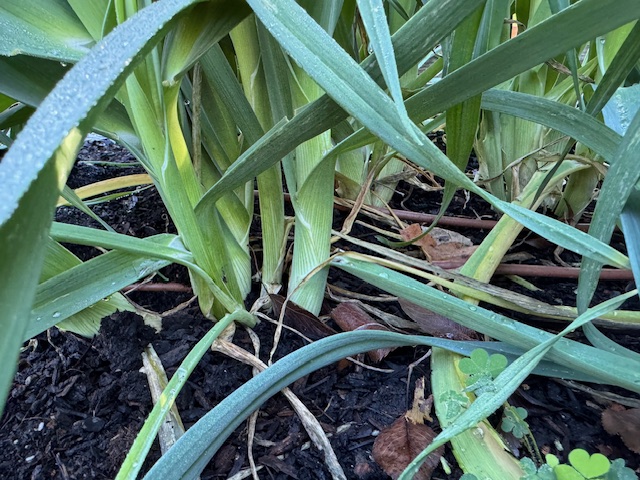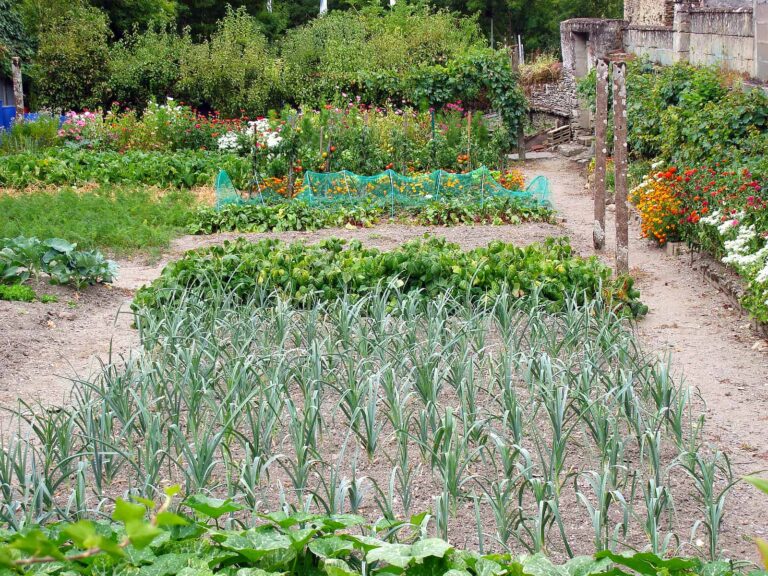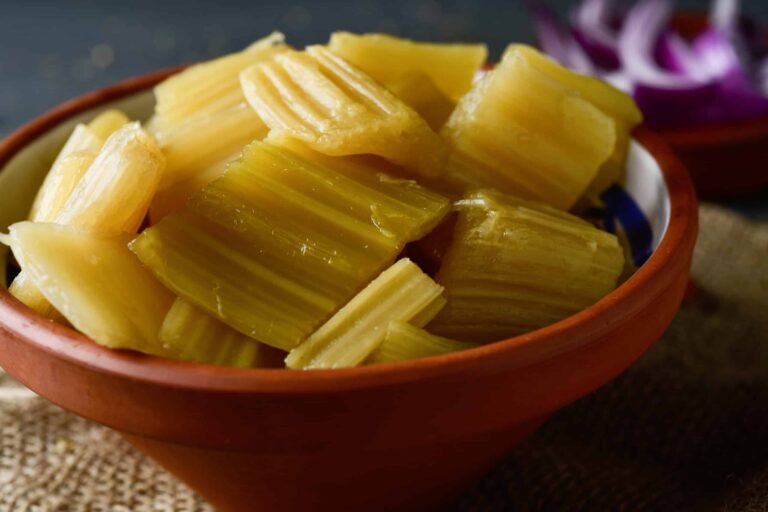When to Plant Leeks by USDA Zone
Timing is crucial for growing healthy, tender leeks. Planting at the right time ensures strong stalks, minimal bolting, and a continuous harvest. Leeks are a cool-season crop, thriving in fertile, well-draining soil with consistent moisture. Over decades of gardening, I’ve learned that climate and USDA zone significantly affect when to start seeds indoors, transplant seedlings, and plant directly outdoors. Choosing the right planting window helps leeks reach full size, improves blanching, and ensures high yields. Here’s a comprehensive guide to planting leeks by USDA zone.
Understanding Leek Growth and Climate Needs
Leeks are slow-growing and take 70–150 days to mature, depending on the variety. They prefer:
- Cool temperatures: 55–75°F (13–24°C)
- Moist soil: Keep evenly damp but not waterlogged
- Sunlight: Full sun for most of the day
Planting too early or too late can cause bolting (premature flowering), small stalks, or poor flavor. Knowing your USDA zone helps you schedule indoor seed starting and outdoor transplanting correctly.
Planting Leeks by USDA Zone
| USDA Zone | Indoor Seed Starting | Outdoor Transplanting | Tips / Notes |
|---|---|---|---|
| Zones 3–5 | 8–10 weeks before last frost | After last frost | Use row covers for early protection; mulch for soil warmth. Short-season varieties work best. |
| Zones 6–7 | 6–8 weeks before last frost | 4–6 weeks before last frost | Cool-season crops thrive; blanching is easier with raised beds or tubes. |
| Zones 8–10 | 4–6 weeks before last frost | 2–4 weeks before last frost | Consider late fall planting for winter harvest; water consistently to prevent heat stress. |
| Zones 11+ | Start seeds in late summer or early fall | Fall or winter | Avoid summer planting; grow in partial shade; mulch to retain moisture. |
Succession Planting
- Why: Ensures a continuous supply of tender leeks throughout the season.
- How: Sow or transplant seedlings every 2–3 weeks, adjusting according to your zone’s frost dates.
Soil and Site Preparation
- Soil: Fertile, rich in organic matter, well-draining.
- pH: 6.0–7.0 is ideal.
- Hilling / Tubing: Protects stalks from sunlight for blanching and helps retain moisture.
Protecting Seedlings and Young Leeks
- Row covers or cloches protect seedlings from frost and pests in early spring.
- Mulching prevents soil moisture loss and keeps weeds at bay.
- Watering: Keep soil consistently moist, especially in warmer zones.
Expert Tip
Leeks are slow to mature, so planning by zone is essential. By following these timelines, you can enjoy long, tender, flavorful stalks with minimal stress and maximum yield.
Leeks Growing Hub
Start here: The Ultimate Leeks Growing Guide: From Seed to Harvest
Leek Basics & Varieties
- Short-Season vs. Long-Season Leeks: Key Differences and How to Grow Each
- Best Leek Varieties to Grow in Your Garden
- Leeks vs. Green Onions vs. Garlic Scapes: What’s the Difference?
Planting & Site Prep
- Leeks Seed Starting Tips
- When to Plant Leeks by USDA Zone
- Planting and Spacing Leeks for Healthy Growth
- The Best Companion Plants for Leeks and What to Avoid
Unique Growing Methods
- Hilling Leeks: How to Grow Long, White Stems
- Growing Leeks in Tubes: A Step-by-Step Method
- How to Grow Leeks in Containers or Pots
Care & Maintenance
- How to Water Leeks for Steady Growth
- Fertilizing Leeks: Feeding Tips for Bigger, Sweeter Stalks
- Leek Care Throughout the Growing Season
- How to Extend the Leek Harvest Into Winter
Pests & Diseases
Harvest & Beyond

